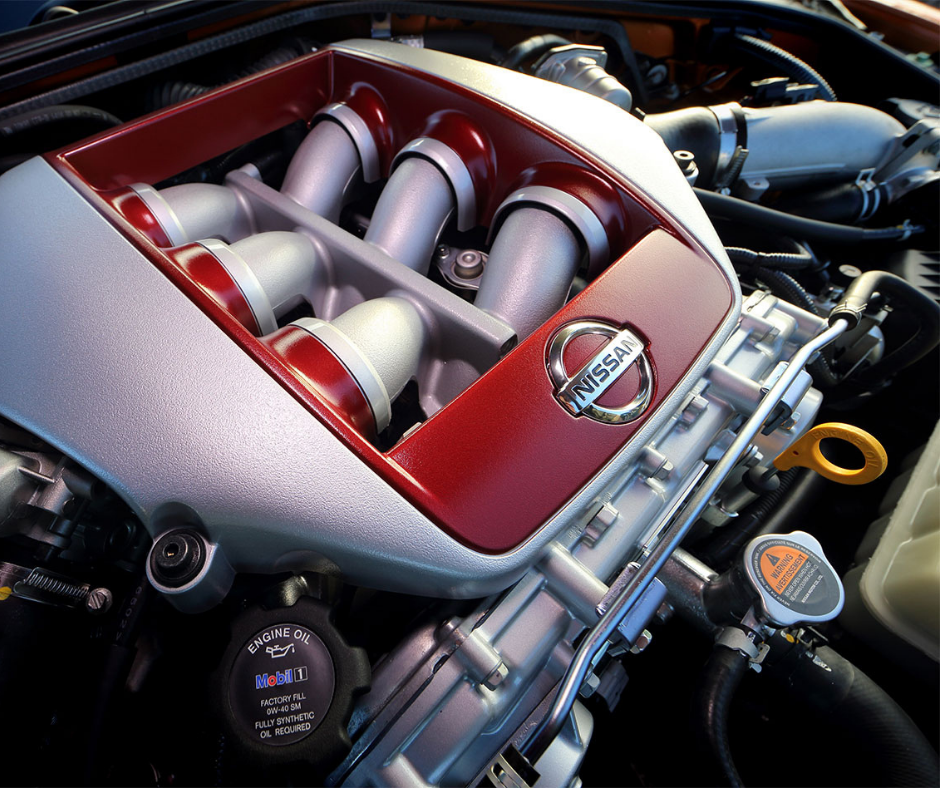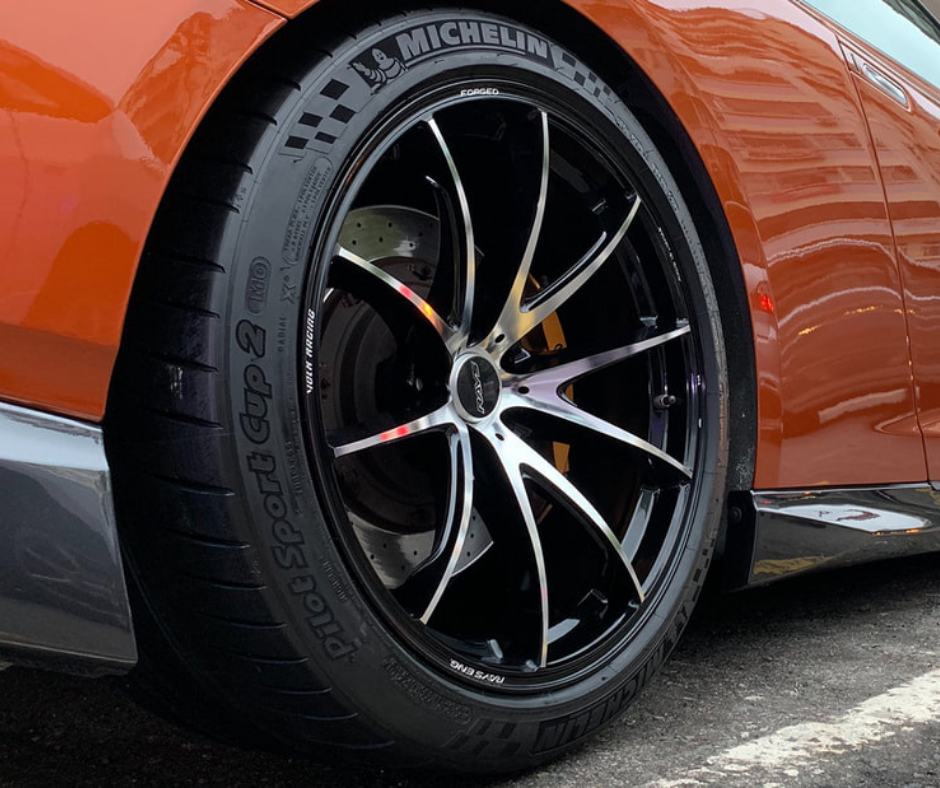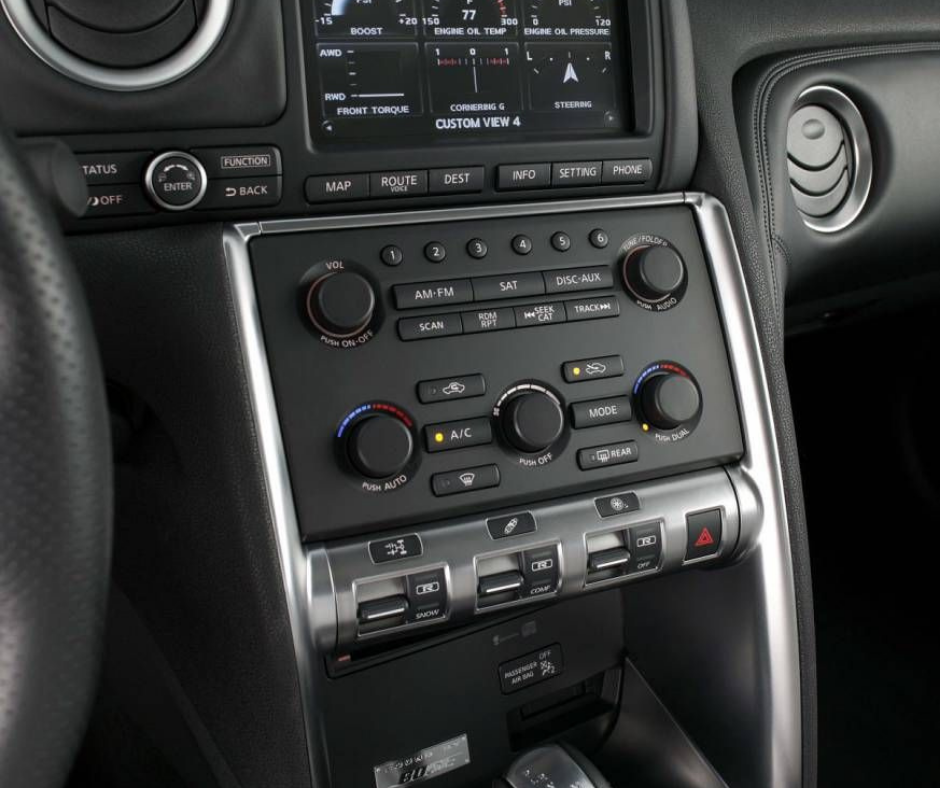Nissan GT-R Maintenance Tips & Tricks
The Nissan GT-R is one of the most prodigious sports cars on the market at the moment. Its sleek design, unique interiors, and powerful 3.8-liter twin-turbocharged engine that generates a whopping 570Ps of power and 637Nm of torque have made many car enthusiasts covet this beauty. However, since the car delivers so brilliantly, it also demands a bit more care. The general idea around the Nissan GT-R maintenance seems to be that it is expensive and burdensome. That is not entirely true. The car does require your attention and timely maintenance but a little goes a long way and by taking care of a few things you can make sure that your Nissan GT-R stays in its peak condition. Here are a few tips to help you along the way
1. Changing the Engine Oil and Filter

Nissan recommends an oil and filter change once every 3000 to 5000 miles. This limit can change according to driving conditions, the climate in your region, driving habits, or the type of oil you use. But you need to stay on top of this because it ensures that your engine is receiving the required lubrication. The main function of engine oil is to reduce friction that can cause damage to the various parts of the engine. If the engine oil level falls below the required level, you could find yourself dealing with a breakdown. So you need to conduct regular checks to see that it is adequate.
Nissan recommends keeping the engine oil level to be 0.39 inches or 10 mm below the ‘H’ mark on their dipstick. You should not allow the level to fall below the ‘L’ mark on the dipstick. However, if your oil is starting to look brown and milky, it’s time to schedule an oil and filter change.
Similarly, the filter is responsible for removing any dirt and dust that enters the engine from polluting the fuel. It is possible for it to get clogged over time. This could also adversely affect your car and therefore needs to be attended to quickly. It is also imperative to change the engine oil and the engine oil filter at the same time.
2. Wheel and Tires

Regularly inspect the tires for wear and cracking and also examine the tire sidewall for damage. Secondly, check the tire pressure and get your tires refilled at your nearest petrol station if the tire pressure falls below the prescribed limit. Make sure to do this when your tires are cold. Keeping your tires inflated is necessary as low tire pressure can damage powertrain systems and affect the working of the ABS and VDC systems. Low tire pressure is also a great safety hazard.
You should check the wheel hub to see that the wheel rotates freely without any friction. Check this with the tires removed, when the car is jacked up. Also, make sure that the tire does not slip on the wheel causing the assembly to be unbalanced. Similarly, make sure that the tires are not out of alignment. Misaligned tires can lead to uneven wear and tear as well as steering vibration. For more information on the right time to change your tires, click here.
3. Fluids and Coolant

Conduct regular checks for any fluid leaks under the vehicle. Inspect the level and condition of the brake and transmission fluid and engine coolant levels at the initial services. Nissan advises replacing the engine coolant after 24 months or 20000 kilometers, the brake fluid after 20000 kilometers, and the transmission oil after 60000 kilometers. Be sure to only use the fluids recommended in your user’s manual. Subpar fluids can damage your car’s engine.
4. Air Conditioning

Replace the air conditioner filter at your 10000 kilometers or the 12-month mark and then continue to do so at the same interval. Allow your car some ventilation before you switch the AC on and be sure to get the vents cleaned every couple of years.
5. Other things to keep in mind
On top of the Nissan GT-R maintenance tips provided above, remember to examine the battery for any signs of corrosion. Clean the cables regularly and do so after you have disconnected them from the battery.
Replace the spark plug when the spark plug gap reaches 1.0mm or 0.039 inches.
Visually examine the throttle chambers for any deposits and conduct a DIY clean-up if required.
Keep your car clean inside out, have it washed at least twice a month, and always keep the cabin space hygienic.
Maintenance Services
The most important part of maintaining your investment is to stay on top of its upkeep. Get the required services at the intervals specified by Nissan in their Service and Maintenance guide. In case you fail to get the scheduled maintenance, you could find yourself dealing with untimely damage to your car. It could also result in excluding portions of your car from warranty coverage. This could in turn affect its reliability, performance as well as its resale value. According to warranty specifications, measurement and wheel alignment, as well as transmission settings inspection, needs to be performed at the 1000 miles, 12 months, 24 months, and 36 months mark. They will be performed completely free at any GT-R certified Nissan dealer. For further information regarding services, visit AutoFlipz
- Tata Safari Maintenance Tips To Ensure Excellent Performance - November 18, 2021
- Tata Nexon Maintenance Tips- Here is All You Should Know - November 11, 2021
- Hyundai Creta Maintenance- Tips And Tricks To Help You Keep Your Creta In Its Peak Condition - November 9, 2021




